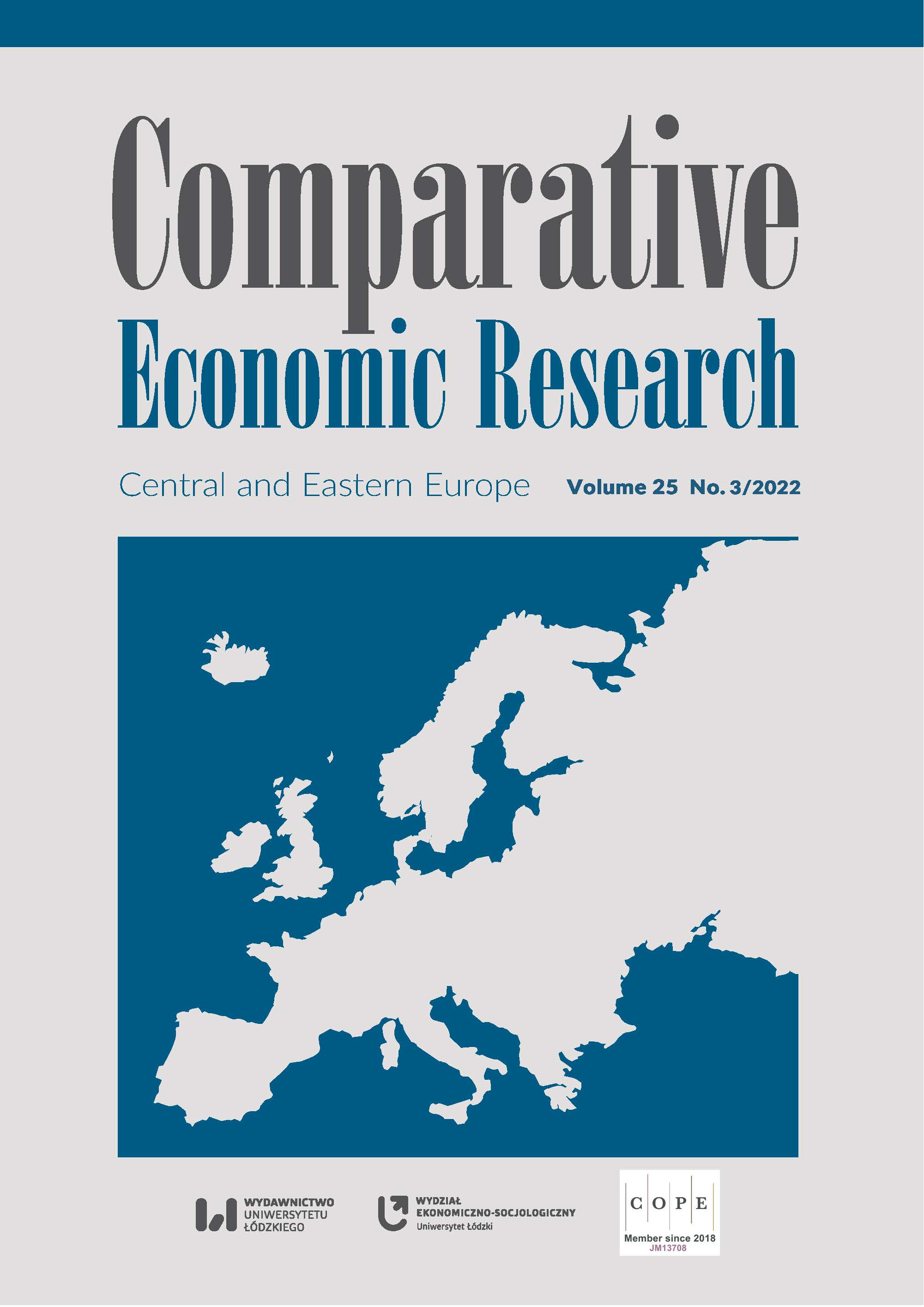Demographic Changes in the Countries of the Western Balkans – A Comparative Analysis with the European Union
Demographic Changes in the Countries of the Western Balkans – A Comparative Analysis with the European Union
Author(s): Agata SzymańskaSubject(s): Economy
Published by: Wydawnictwo Uniwersytetu Łódzkiego
Keywords: demographic ageing; Western Balkans; demographic changes; ageing index; population aged 65 and over; cluster analysis
Summary/Abstract: The study analyses the demographic changes in five countries of the Western Balkans – Albania, Bosnia and Herzegovina, Montenegro, North Macedonia, and Serbia – which are associated with and are potential candidates for European Union (EU) member states. Due to a lack of data, Kosovo was excluded. The research was based on selected measures, both static and dynamic. The analysis was conducted against the background of the indicators presented for the EU, with the longest time sample covering the years 1960–2020. The study presents the scope of demographic changes and the advancement of the population ageing of these countries using selected static measures and showing their dynamics. The methods used are based on data analysis and cluster analysis. The results point to the advancement of demographic changes and ageing in the region. The comparison of calculated measures indicates that the demographic structure in the region has shifted towards “old”, with the share of people aged 65 and over higher than 14% in 2020. The most advanced stages concern Bosnia and Herzegovina, where the transformation from a “young” demographic structure to an “old” was very dynamic and deep.
Journal: Comparative Economic Research. Central and Eastern Europe
- Issue Year: 25/2022
- Issue No: 3
- Page Range: 161-182
- Page Count: 22
- Language: English

